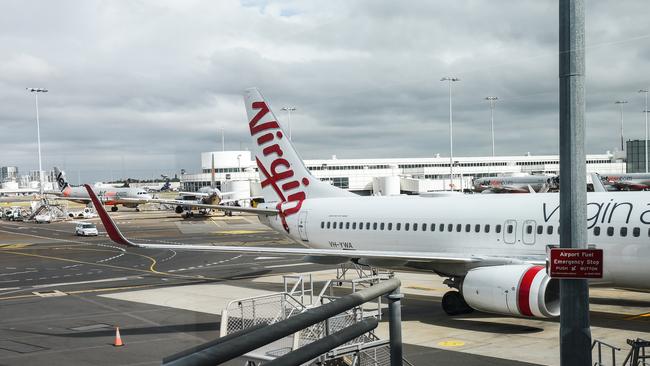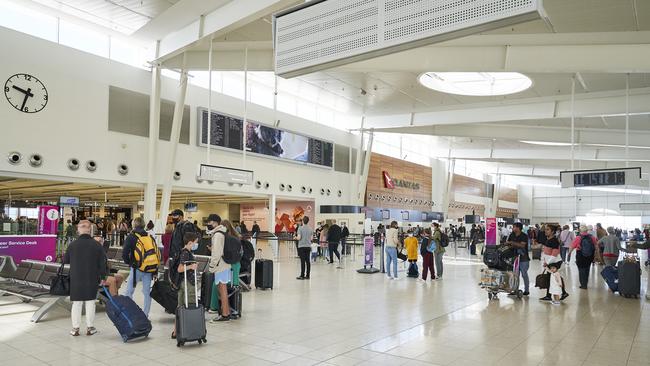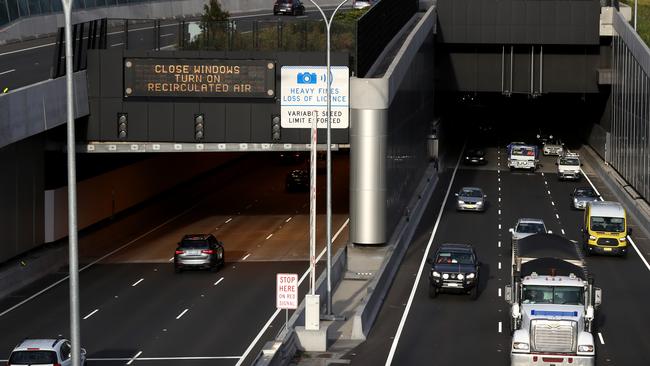
The $3.5 trillion sector, which is becoming increasingly dominated by the $1 trillion-plus industry super sector, is now the go-to source of capital for corporate deals, listed company fundraising – both debt and equity – and state governments.
A report by Moody’s Investor Services issued this week underlines the situation for a global audience.
While it won’t come as a shock to those following the sector, it is significant that the global ratings agency is acknowledging this powerful source of liquidity in the Australian market and stability in the nation’s financial system.
It comes at a time when the ratings agency has just reaffirmed the government’s triple A credit rating, making Australia one of only 10 countries to which it gives this rating.
“The superannuation sector is a significant source of capital for rated issuers (in Australia),” Moody’s says.
“The sector will continue to support the access to funding and debt sustainability of rated companies, banks, infrastructure issuers and state governments in coming years.
“The sector provides significant liquidity to the country’s financial markets because it receives regular cash pension contributions, which superannuation fund members invest to generate returns for their members.”
The report notes that while super funds are providers of funds for ASX-listed companies, they also have a predilection for investing directly in long-term assets such as infrastructure and real estate and defensive sectors such as healthcare and retirement living.
It notes that the funds available to the super sector are expected to double to more than $7 trillion by 2035 due to a combination of the rise in the superannuation guarantee levy, from the current 10 per cent to 12 per cent by July 1, 2025, and the reopening of Australia’s borders to foreign workers.

The federal Treasury is estimating that by 2060 the superannuation sector will represent almost 250 per cent of GDP.
The report says super fund flows into the banking sector have almost doubled over the past decade to $267bn, making up 10 per cent of total deposits in the banking system by residents.
In words that will provide public relations fodder for the sector, it notes that the growing pool of domestic capital available in the superannuation sector underpinned the recapitalisation of Australian banks, corporates and infrastructure companies in the 2008-09 global financial crisis and again during the pandemic.
It says super fund capital was critical in allowing cash-strapped Australian companies to raise $8bn during the Covid crisis of 2020, including Qantas and shopping centre operator Vicinity Centres.
It points out that super funds also have significant investments in Australia’s domestic airports, which were also hard hit by the freeze on travel during the pandemic.
It says privately owned airports such as Brisbane, Adelaide, Perth and Melbourne were able to get through the crisis by suspending their dividend payments with the support of the super funds, which were their major investors.
Similarly, it says the ASX-listed Sydney Airport was also able to raise about $2bn of equity and deferred dividend distributions during the crisis as a result of having a large proportion of super fund shareholders. (The airport is now privately owned as a result of a $24bn industry super fund bid earlier this year.)
The report predicts that Australia will see more bids by super funds for listed assets such as the role of healthcare industry fund HESTA in the bid for Ramsay Health Care.
“We may see more examples as private sector investors see opportunities to increase leverage to invest for the long term without the pressures of having to deliver near-term dividends,” it says.
It notes that super funds are now among the largest investors in the Australian infrastructure sector.
The country’s largest super fund, the $260bn AustralianSuper, has equity investments in NSW electricity distribution company Ausgrid, toll-road operators WestConnex and Transurban, as well as Perth Airport.
Super funds are also large investors in real estate, making up about 54 per cent of the third-party funds managed by ASX-listed Dexus.

Other funds are taking direct equity in assets, such as Aware Super’s 49.9 per cent stake in Lendlease’s retirement living business.
The report also notes that the super sector is also an active buyer of infrastructure assets from state and local governments such as the NSW government’s sale in September last year of its residual 49 per cent in toll road WestConnex to a consortium that included AustralianSuper.
The industry’s marking of the 30 years of superannuation guarantee, the laudatory reports of its role in the broader financial stability of the country such as that delivered by Moody’s and the almost unremarked upon rise of the super guarantee from 10 per cent to 10.5 per cent this Friday are a sign of a change in sentiment to compulsory super.
Just over a year ago the Morrison government was keeping the industry and workers on tenterhooks as it played with the idea of not going ahead with the increase from 9.5 per cent to 10 per cent.
For a while, it looked as if the Morrison government might want to revert to the freezing of the SG levy as was done under the Abbott government.
Former prime minister Paul Keating, who played a key role in the foundation of the compulsory super system, told The Weekend Australian he believed Scott Morrison would have loved to have scrapped the increases but was not willing to go against the broader community consensus in its favour.
The sector has new challenges – such as the move towards more focus on retirement income products and an outflow of funds as more people retire.
It also has the challenge of becoming the new establishment, the power shifting from the traditional retail wealth companies such as AMP and the banking sector, which has retired hurt from the wealth management business.
Can the industry super sector retain its low-cost, “profit for member” culture as the big funds start to play on the international investment stage having to hire well paid global investment professionals? The new boys (and girls) on the block are making a mark. But as the sector grows, more scrutiny is also on the way.




As the superannuation sector gears up to mark the 30th anniversary of the superannuation guarantee on Friday, it is playing an increasingly powerful role in Australian capital markets.